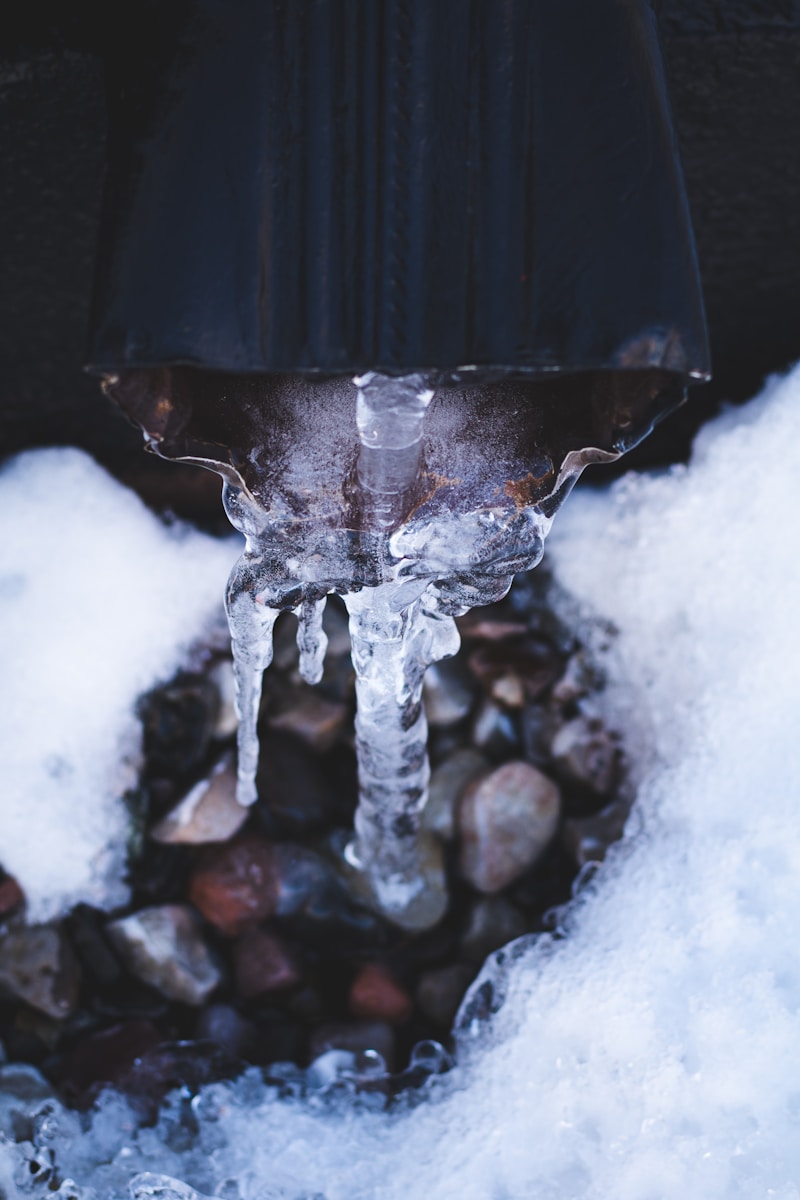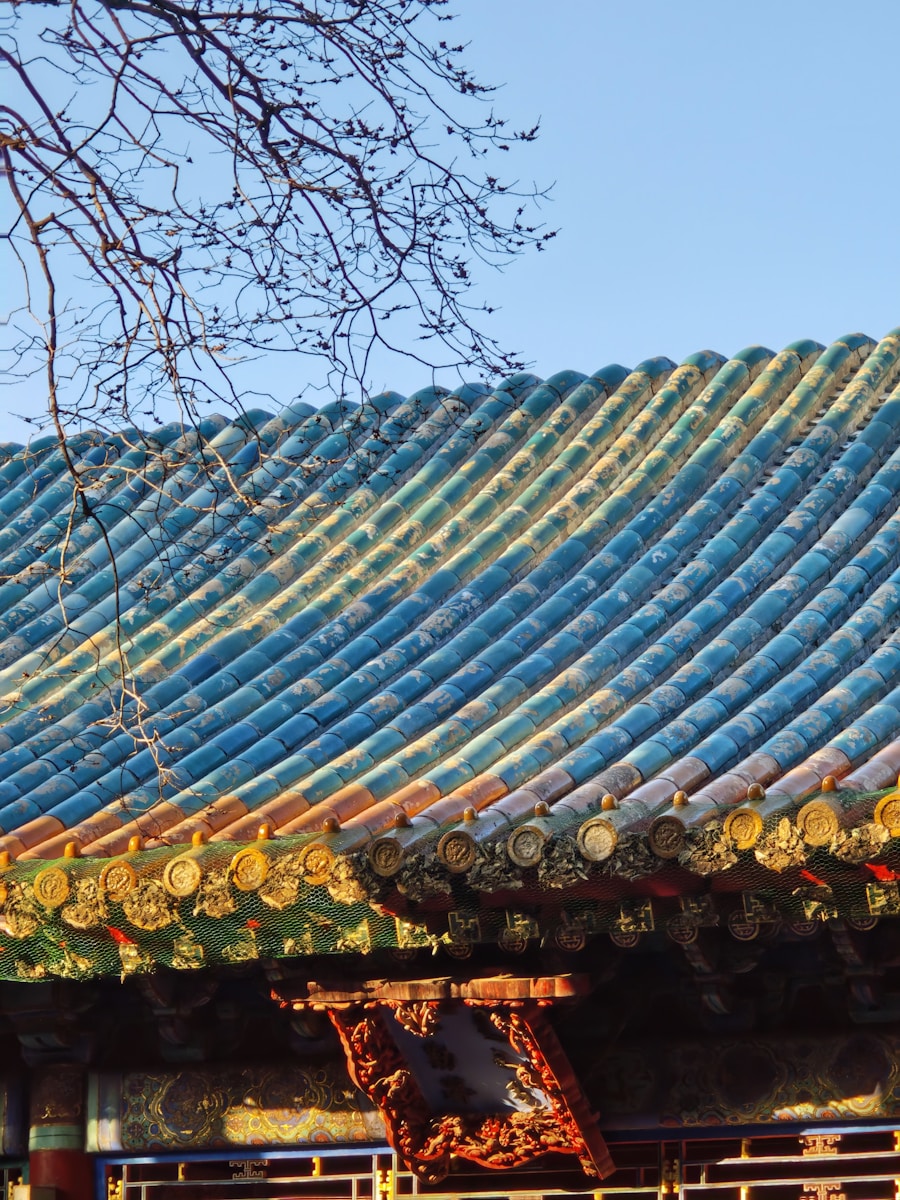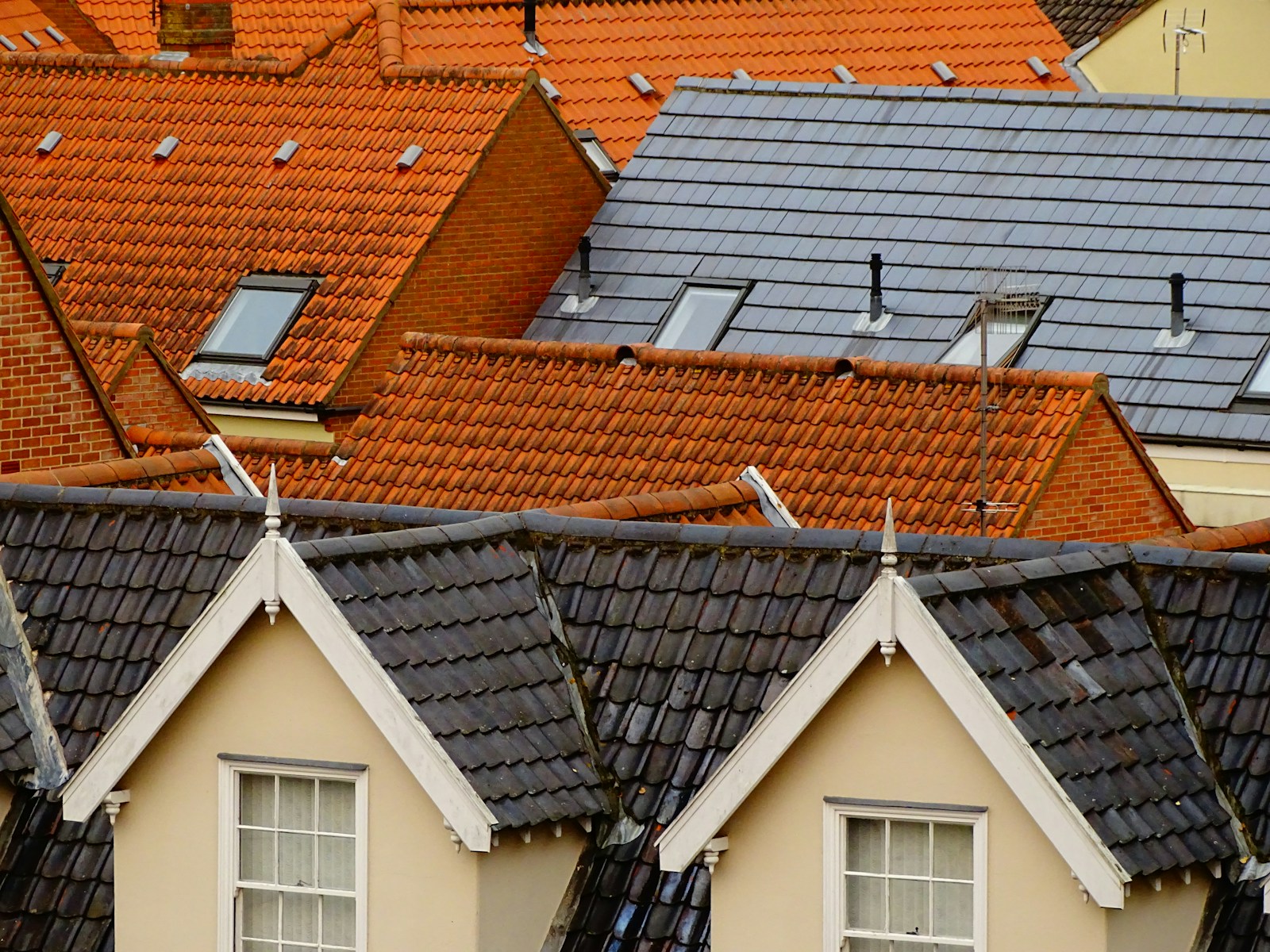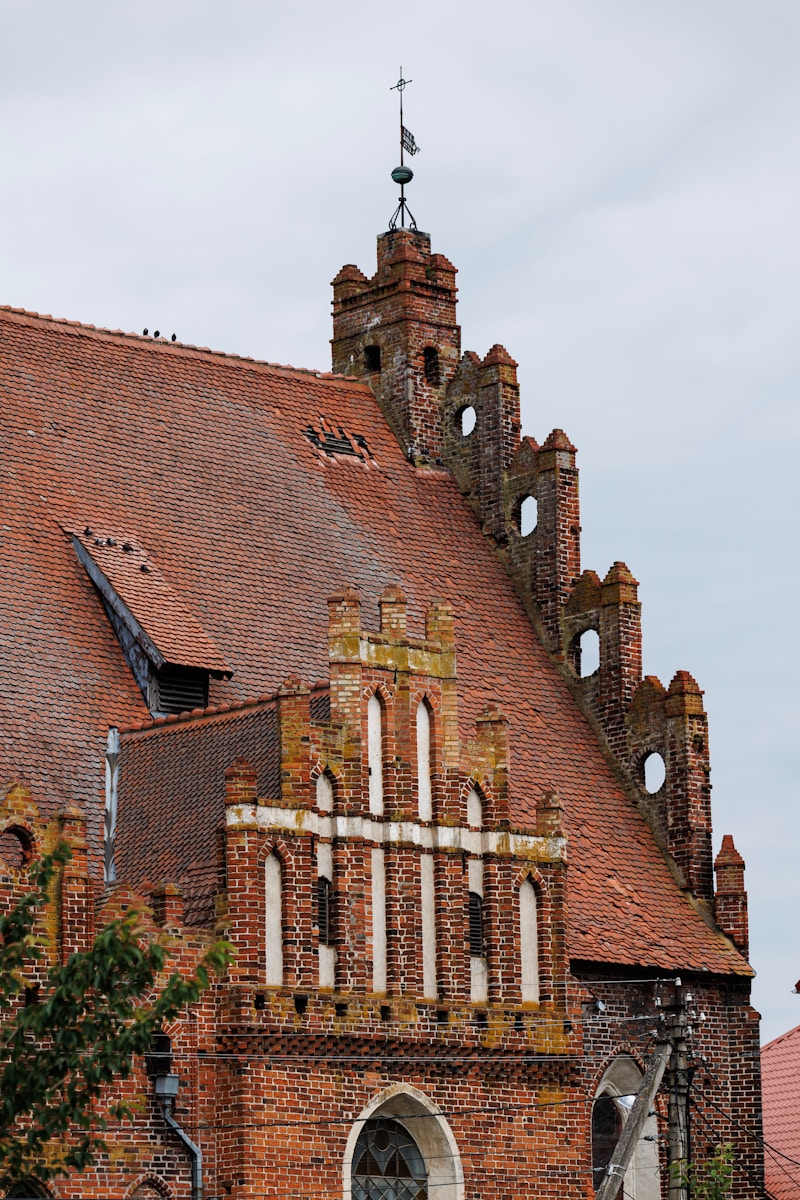Have you ever stood barefoot on tiles, and suddenly, bam—one spot feels like it’s hosting a quiet toaster convention? You think, is this normal? Is the floor sick? That’s more or less how thermal leak detection starts. Not with grand engineering gestures but with a puzzled grunt and someone waving a palm over warm drywall saying, “Hm?”
Thermal leaks aren’t romantic. They don’t explode, they don’t beep loudly — they just waste. Like a faucet that drips a drop every ten minutes. Honest, if leaks made a sound, they’d just mumble snide comments.
Where the Heat Sneaks Off To
Shingles, drywall seams, poorly shushed windows. Little escape hatches for heat to just… leg it. And here’s where heat maps tumble in like old jazz records. Not new ones. Not the jazzy-preened, modern, snappy kind. Just a little off-tempo. That’s thermal imaging: Warm where you didn’t think it would be; cool where your coffee mug ballets to frostbite.
Infrared cameras, generally, can pick up differences in temperature, which is something we all just accept too easily. Like, “Oh yeah, tech sees heat.” But shoot—shouldn’t that be a bigger deal? Seeing heat? That’s closer to superpower territory than most folks acknowledge.
Anyway. The way this works is, the camera sees what your eyeballs can’t. Not ghosts. Just bad insulation poorly hidden in plain drywalls.
Infrared cameras are changing how we see the world. From temperature screenings in workplaces to home inspections in real estate, countless professionals are now capitalizing on the benefit of IR imaging. But why? Infrared technology brings hidden treasures and lurking threats safely into an observable view.
https://infraredcameras.com/news-center/how-do-infrared-cameras-work
Sticky Hotspots and Awkward Mysteries
So you’ve got your thermal image. A silhouette of your attic wall and smack, there’s an odd glowing smudge crawling up like a sock caught mid-dryer stunt. Is it a hotspot? Maybe. Or a raccoon. Reason number 5,102 to not assume things instantly. Heat maps don’t say “raccoon here.” You gotta draw conclusions with one eye half-shut, sometimes.
Sometimes the leaks are shaped in such ridiculous ways—long thin streaks, like thermodynamic spaghetti dangling from vent seams. Other times, just a one-pixel-sized boil of fury right behind a light switch. It’s chaos in infrared hues.
Yeah But Then What Do You Do
So you spotted a glowing blob behind the laundry room wall. Now what? You can’t just poke it with a stick. Probably have to dig into insulation ratings (R-values—another thing they don’t teach in school but probably should, right after taxes and how to jump-start a car in winter). Then maybe call up some contractor who looks at you like “this again,” before explaining that yes, the air from your vent is backward. Somehow.
People patch stuff, people foam into corners. Chewing-gum approaches galore. Rarely does anyone go full-wizard and reset entire HVAC systems unless something’s really cooking. Not metaphorically—real cooking.
Today’s heating and air conditioning systems are more efficient than ever. But there’s an alphabet soup of acronyms that you need to understand to make the best choice for your energy efficiency needs.
The more efficient an HVAC unit is, the more it can help you reduce your energy consumption and save on your energy bills. For all of these ratings, the higher the number, the more efficient the unit is.
https://www.trane.com/residential/en/resources/glossary/what-is-hvac/
But Sometimes It’s Not Where You Think
Thing is — and here’s where it gets annoyingly poetic — heat moves sideways sometimes. Looks like a leak above the bookshelf? Nah. Try five feet to the left, behind the pipe shaped like a coat hanger. Infrared snaps tell you the ‘what’ but not the ‘why’. You gotta do detective work. Wear sweatpants, drink bad coffee, and poke at walls with skepticism.
Weird Places Heat Misbehaves
Under bathtubs. Behind outlets that were drilled during Clinton-era optimism. Around chimney corners where apparently raccoons live rent-free between brick layers and no one dares evict them. Heat leaks show up there. And in old wood paneling too, like they know you regret the aesthetics already and want to punish you more subtly.
Basement ceilings often look like bandaged ghosts under thermal cams. Pipes snake glow-worm shapes. A friend once found a hot streak that turned out to be his cat. Not a leak. Just a particularly warm feline loafing on a ledge. So yes, context also matters.
Why Bother Then
Because money. Pretty straightforward. Heat leaks don’t pay rent. You do. Every calory that slips out means your boiler sobs a few more tears and your bill grows like bread dough left in the sun.
Also: mold. Sneaky, persistent, louche mold that’ll form where warm air meets cold surface and whispers “condensation.” It’s a lovely word for a crummy thing.
The Gear Is Too Fancy Sometimes
Now, big fanfare gear exists, FLIR cameras and complex sensors with UIs that make you feel like you’re decoding Soviet submarine signals. But you can also rent simpler gizmos—the kind of camera lens that fits your phone and makes you think, “Wow, am I a secret spy now?” You’re not. But you look dramatic waving it around the pantry.
Thermal maps will always look a bit psychedelic, by the way. Color codes are inconsistent, like a map drawn by an over-caffeinated child. One chart’s red is another’s mild orange. You gotta read the legend. (Wait. Always read the legend.) It’s like watching a weather report that only covers inside your house.
It’s Not Art, But It’s Weirdly Close
There’s something almost voyeuristic about thermal leaking. Seeing structures betray where they’re failing. Like architectural lies caught mid-gesture. You point and say “Aha,” even when you don’t fully understand what you’re seeing. And it feels like winning a tiny science fair.
Some folks get hooked. Buy their own cameras. Examine friends’ houses, unsolicited. It becomes a thing. Uninvited heat leak parties.
Final-ish Thoughts?
If you live with walls, ceilings, and regrets, heat leaks are quietly lurking. And thermal maps call them out like tattletales. The process isn’t graceful. Half art, part science, a dash of guesswork followed by maybe buying more caulk than you intended.
But it’s kind of fun. In the way untangling a mess can feel like therapy if no one rushes you. Thermal leak hunting is just that. A slow, goofy, brilliant disorder of glowing blobs and bad weather trapped indoors.
Blips of hot. Spots of chill. Puzzles that your house insists on throwing at you.
So you squint. You nod. You snap another heat map. And maybe this time, you guess right. Or not. Either way, it’s oddly addictive.





